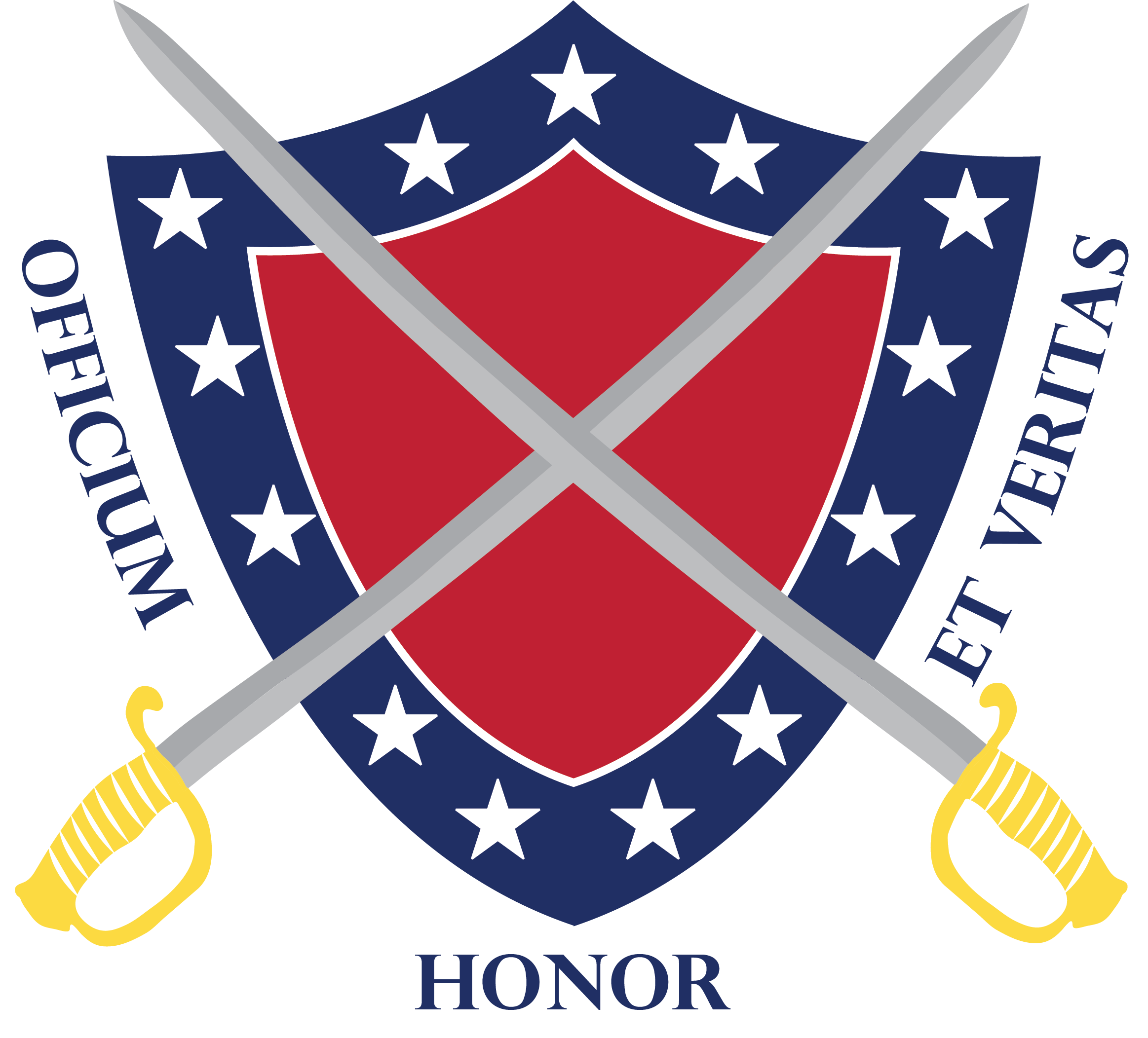
Photography as Propaganda
With April being Confederate History Month, it seems only appropriate to take some note of a bit of the “history” we have been informed about that really wasn’t.
Revised History – Photography as Propaganda PDF
With April being Confederate History Month, it seems only appropriate to take some note of a bit of the “history” we have been informed about that really wasn’t.
Any of us who have looked at recent history realize that photography has often been used as one method of promoting propaganda. This was raised to an art form during the Viet Nam War, but that was not its origin. I can recall seeing pictures taken by Communist decades ago where someone in the photo had been removed because the Reds did not want him to appear with the rest of the people in the photo. So, there are cases where photographic evidence of something is not really evidence of what you think it was. It is evidence of what the originators of the photo want you to see.
So, it should not surprise us if this technique was in vogue back during the War of Southern Independence aka the War of Northern Aggression.
Tom DiLorenzo commented on this recently in a comment on lewrockwell.com Although he did not go into many specifics, I am familiar enough with Tom Dilorenzo to know that if he did not have the evidence of this, he would not have said anything about it.
So, I did a bit of digging on my own and, sure enough, there was some paydirt to be found. I came across an article by Dave Rogers from back in January of 2008 that appeared on http://www.mybaycity.com It was an article about a talk given by Eric Jytha, a local historian in his area and he gave the talk to the 7th Michigan Cavalry Civil War Round Table.
The article noted that: “Many photographs taken by famed Civil War photographer Matthew Brady were staged…One particular shot, of five Union dead at Gettysburg, was passed off as taken at several battlefields…The photo, captioned ‘dead of the first day’ couldn’t have been real because Brady didn’t get to Gettysburg until the fifth day, said Sailor Bob Boquette, of Saginaw Civil War Round table member who has studied photography of the era…Another commonly faked photo was entitled ‘rebel sharpshooter’ an image that was passed off as having been at ‘Devil’s Den’ and several other places, said Mr. Jytha.” The photo he is talking about used to be at the battlefield at Gettysburg. I saw it there years ago. I don’t know if it is still there or not. Maybe because it is a picture of a Confederate soldier it has been removed by now. After all, to be politically correct nowadays you must remove anything Southern or Confederate from all the battlefields, flags, monuments, etc. It never seems to occur to these social justice warriors that if you do that at all the “Civil War” battlefields you will have no reason for the battlefield any longer and you can just shut it down. Erasing and removing everything “Southern” from the battlefield removes the need for the battlefield, doesn’t it?
By removing everything Southern from remembrance you have just cancelled the War of Northern Aggression and the supposed (not real) reason for it, slavery. You social justice warriors had best be careful. lest you remove the Deep State’s golden goose–the slavery issue–from remembrance!
It has been reported that many of the photos supposedly taken by Matthew Brady were actually taken by Alexander Gardner because Brady was supposedly losing his eyesight.
Another article on https://militaryhistorynow.com was posted on that site on 9/25/2015 and it observed: “They say that the first casualty of war is the truth. Case in point: Experts believe that the Civil War battlefield photographer Alexander Gardner physically arranged the corpses in this famous photo taken after the 1862 Battle of Antietam for dramatic effect… ” I can’t reproduce the photo here but most of you all will probably know the photo I am talking about.
The article continues: “Alexander Gardner’s famous picture ‘A Sharpshooter’s Last Sleep’ features a corpse that looks a lot like the body in another photo taken elsewhere on the battlefield. Did Garner move the corpse? U.S. Civil War photographers like Matthew Brady famously snapped hundreds of haunting images of the aftermath of the conflict’s many battles. Yet in a number of cases, such scenes were shamelessly manipulated, with cameramen often physically arranging objects, debris and even dead bodies within the frame to add to the scenes of devastation Such is believed to be the case with Alexander Gardner’s post-Gettysburg image ‘A Sharpshooter’s Last Sleep.’ The famous photo features a corpse strangely similar to one that appears in another shot taken on the same day entitled ‘Home of a Rebel Sharpshooter.’ Experts maintain that Gardner used the same fallen soldier for both pictures, reportedly dragging the body more than 40 yards between the two locations.”
Brady and his associates were one group the federal government did not seem to mind having on the battlefields with their cameras. That fact alone should tell you something. The feds knew Brady was going to give them the kind of photos they wanted out there for public consumption.
